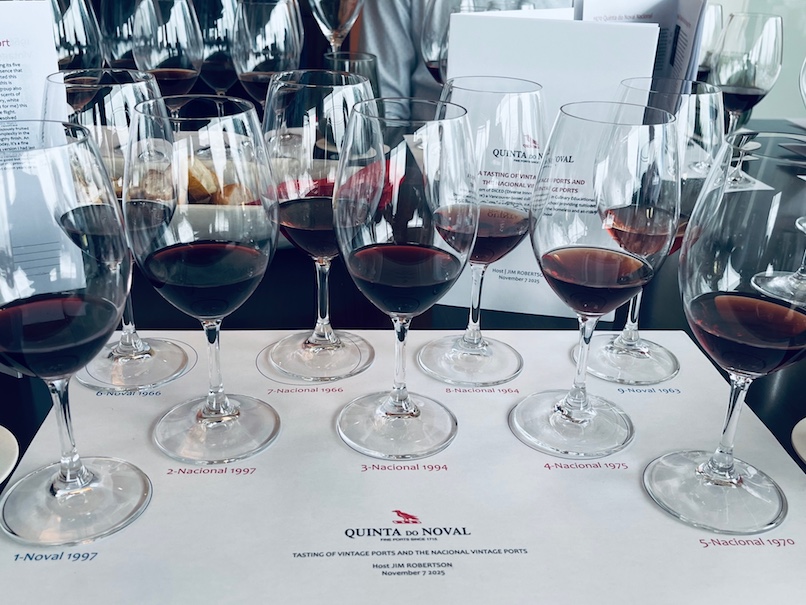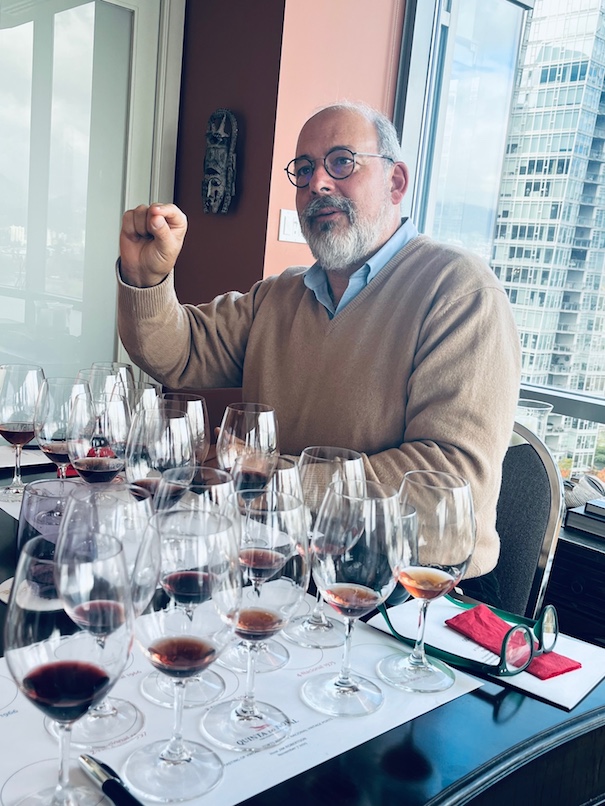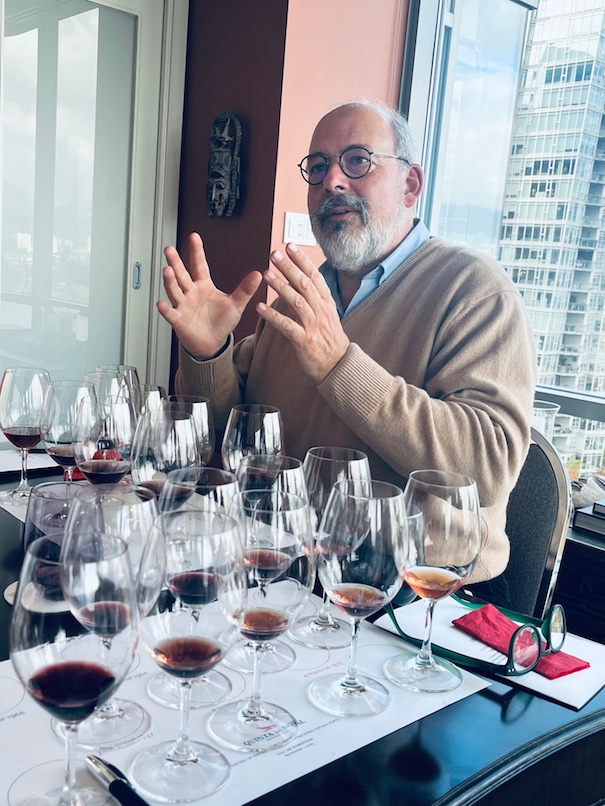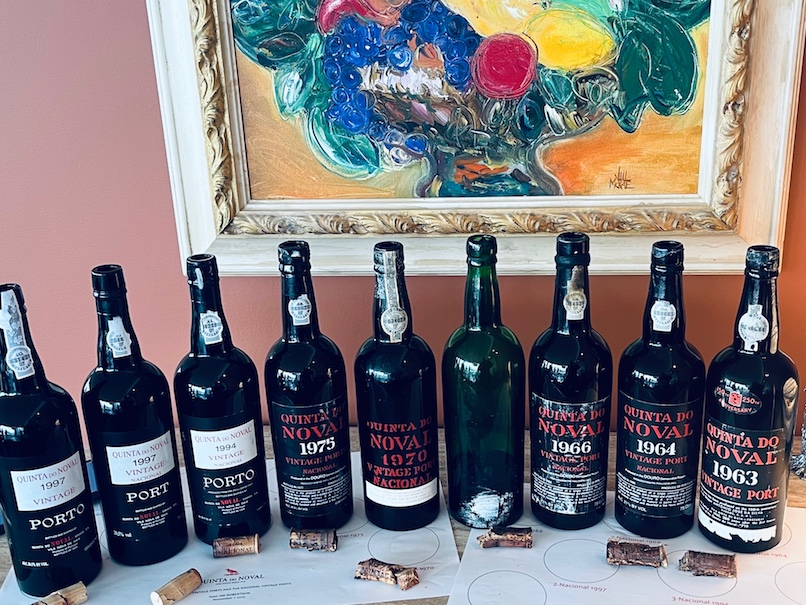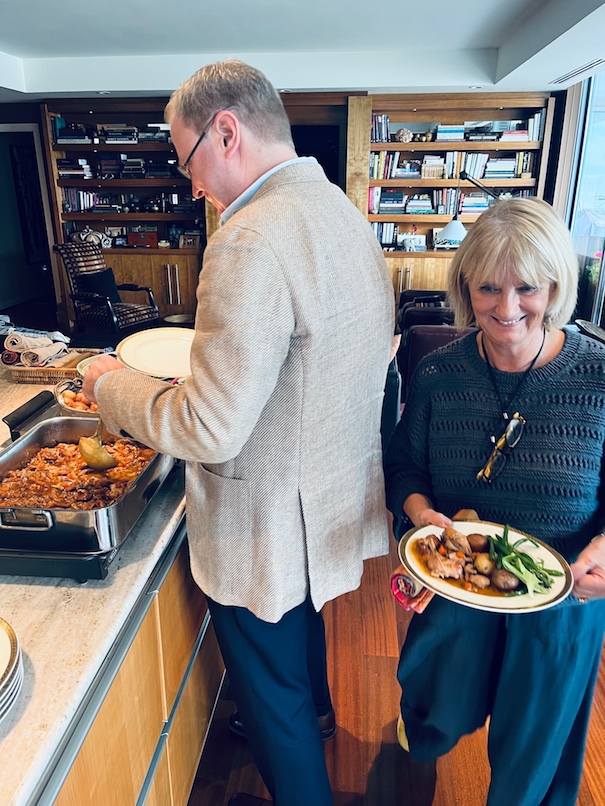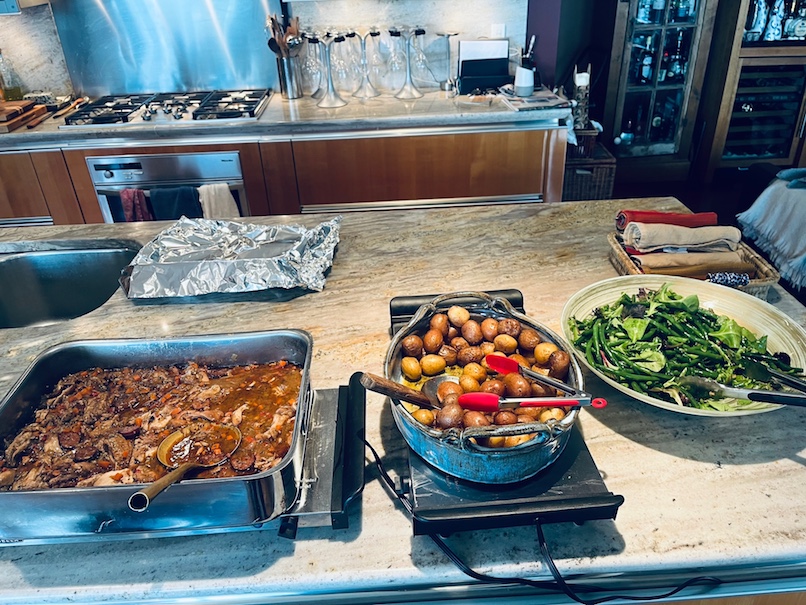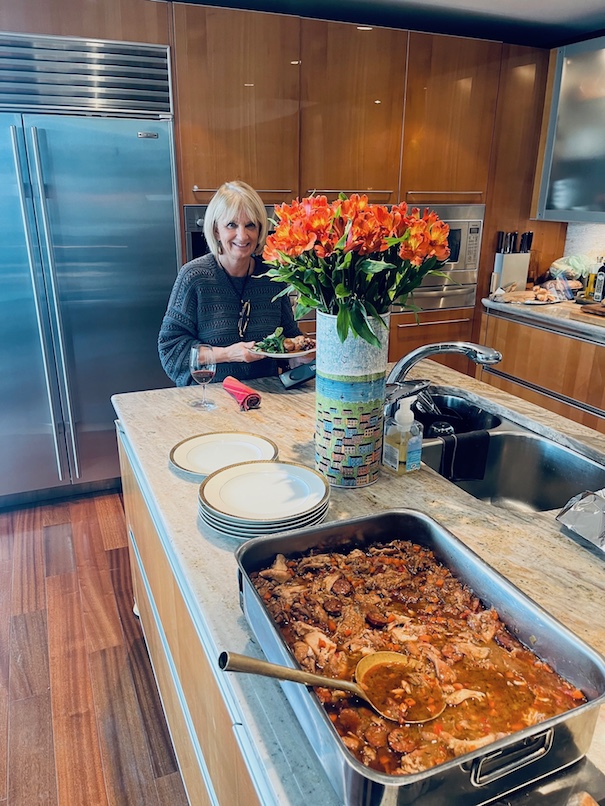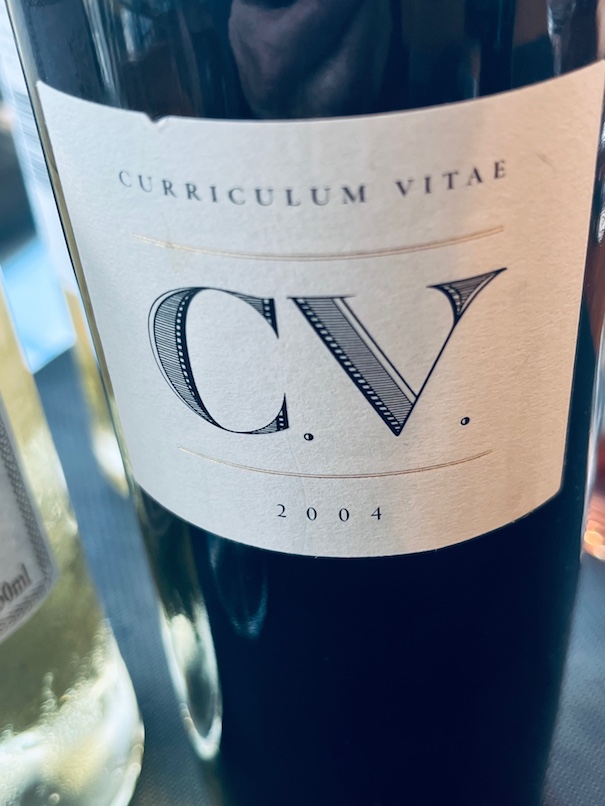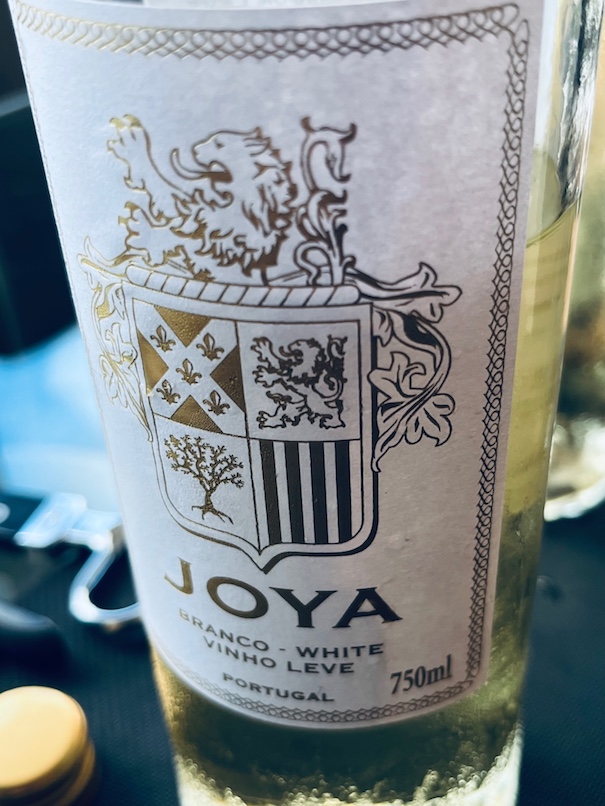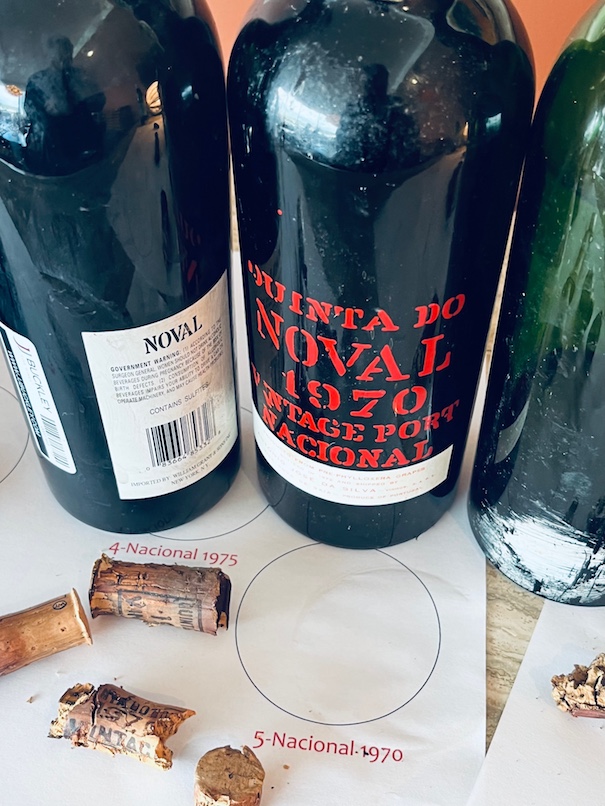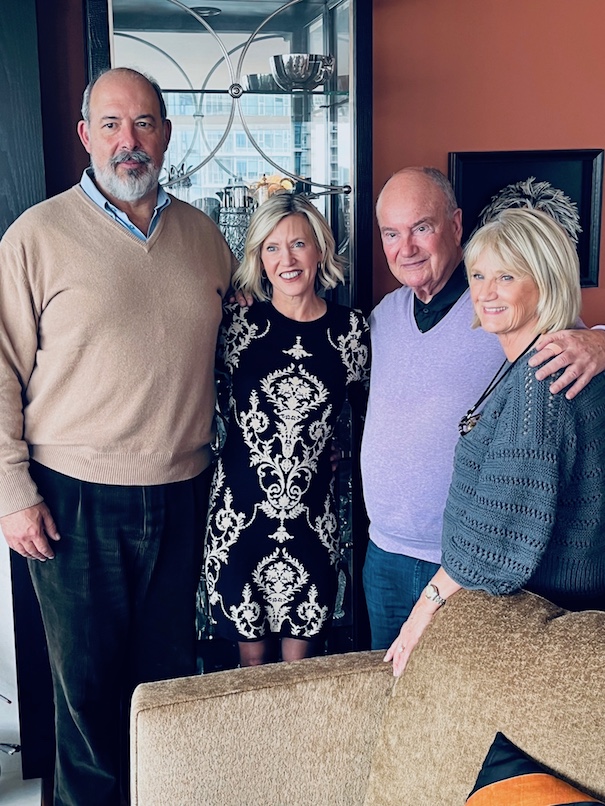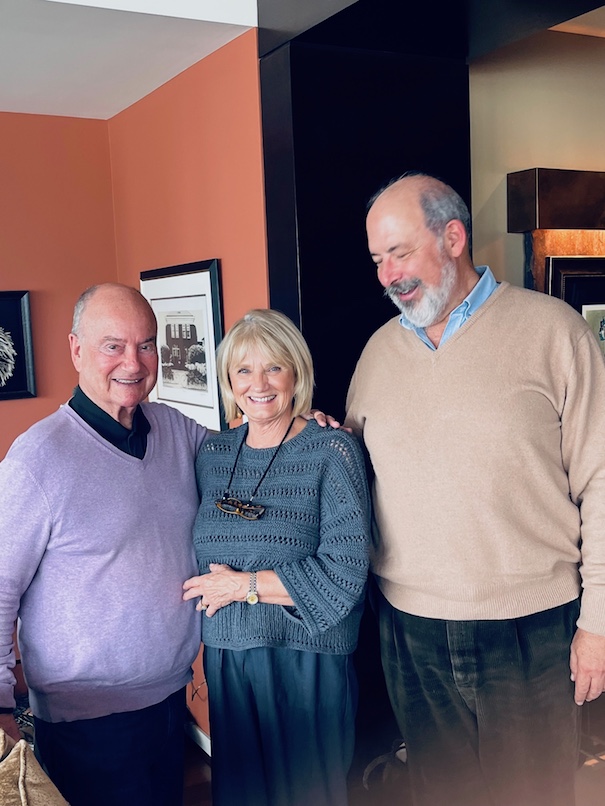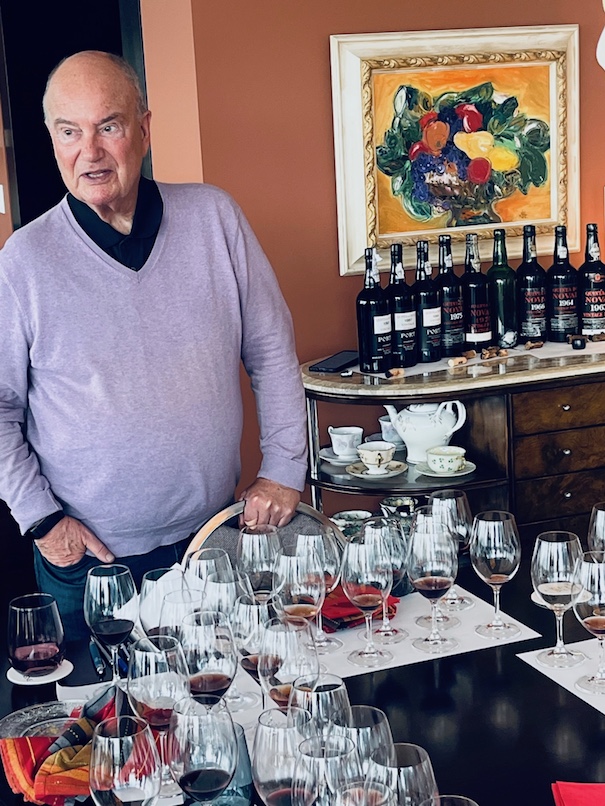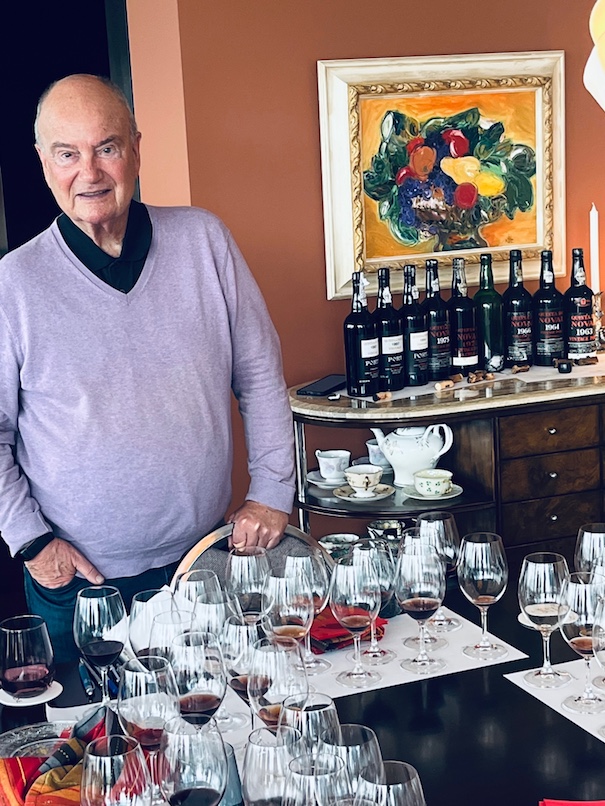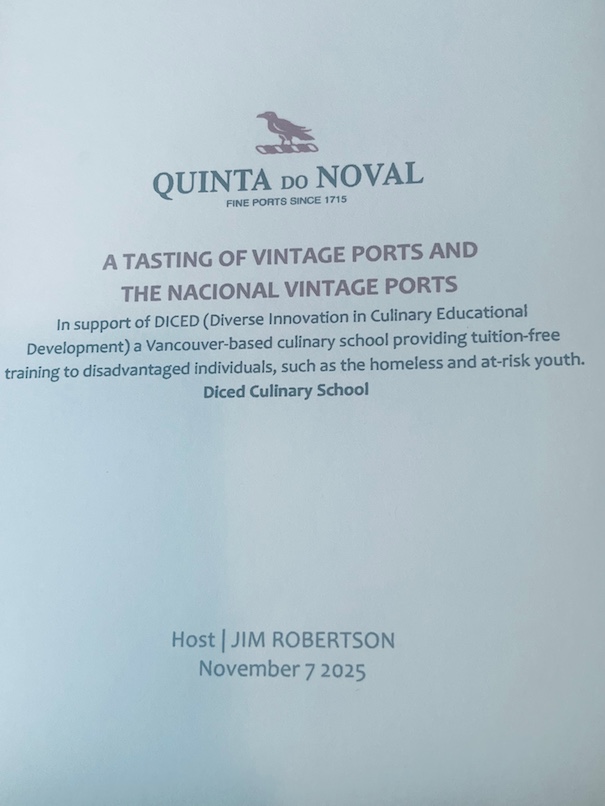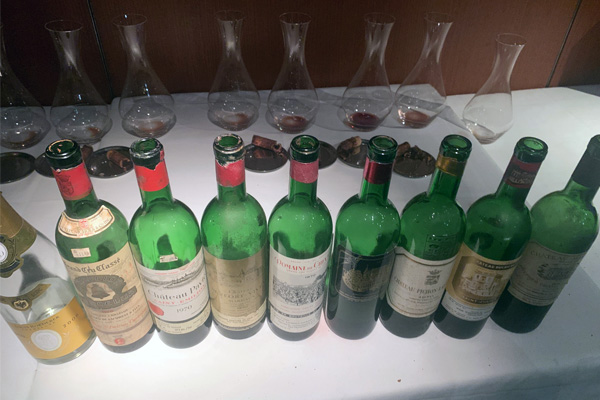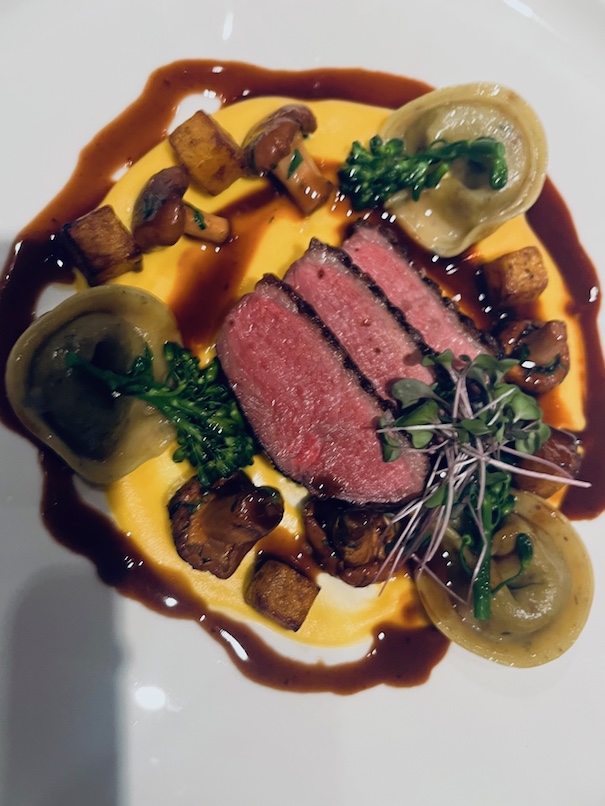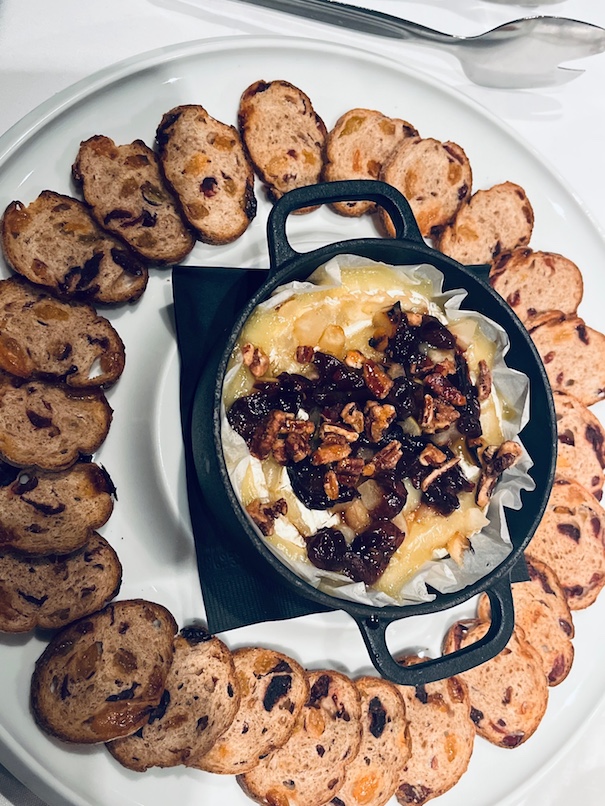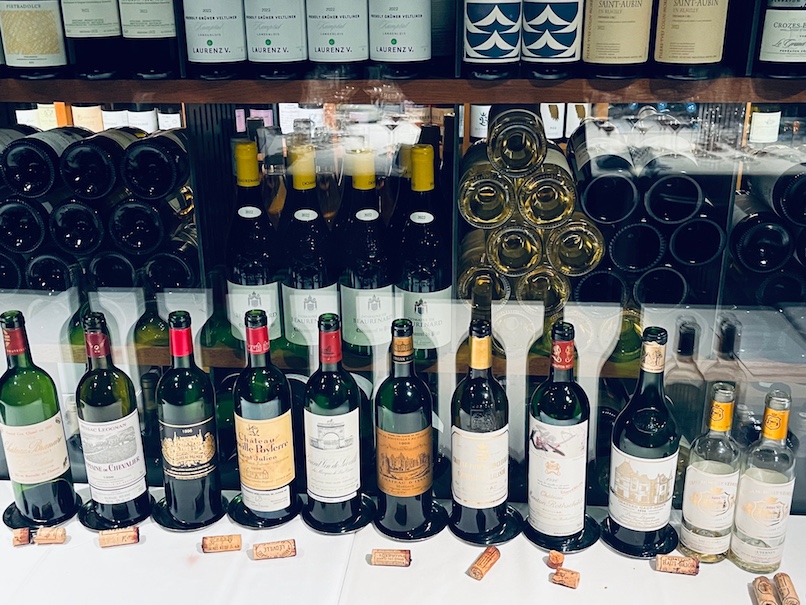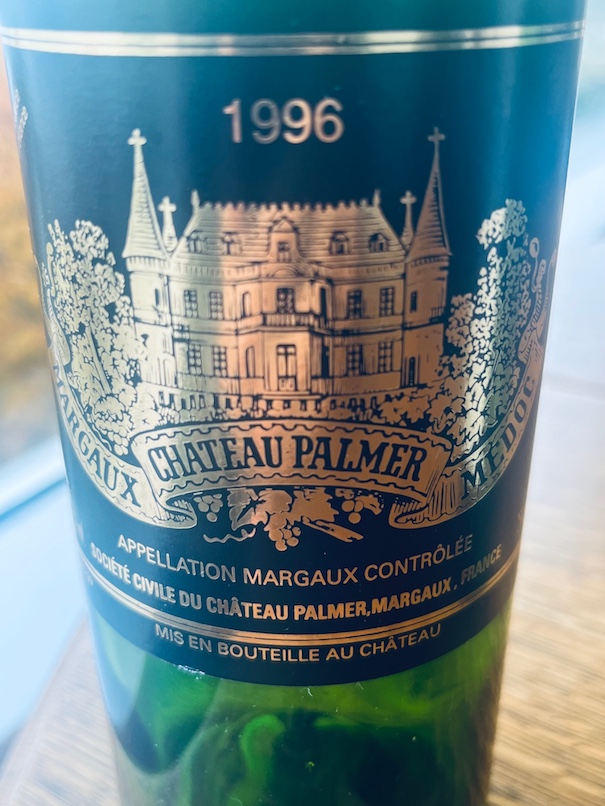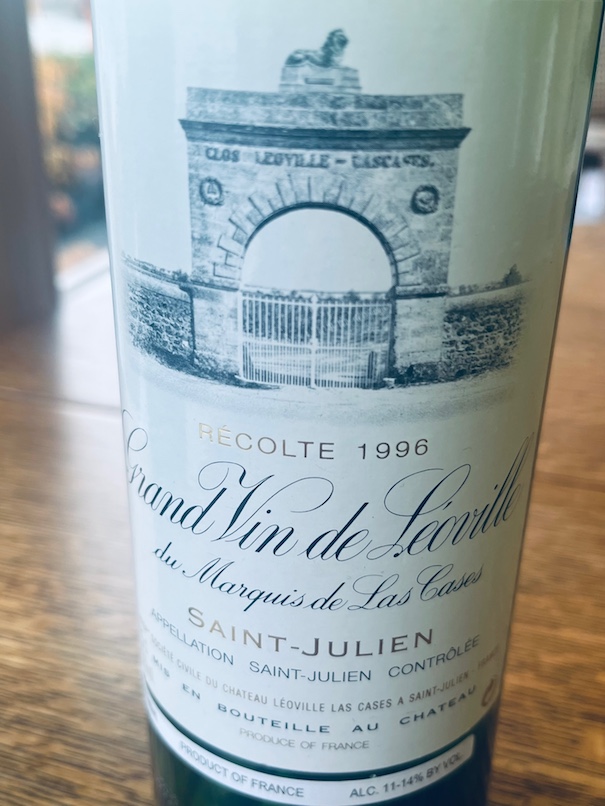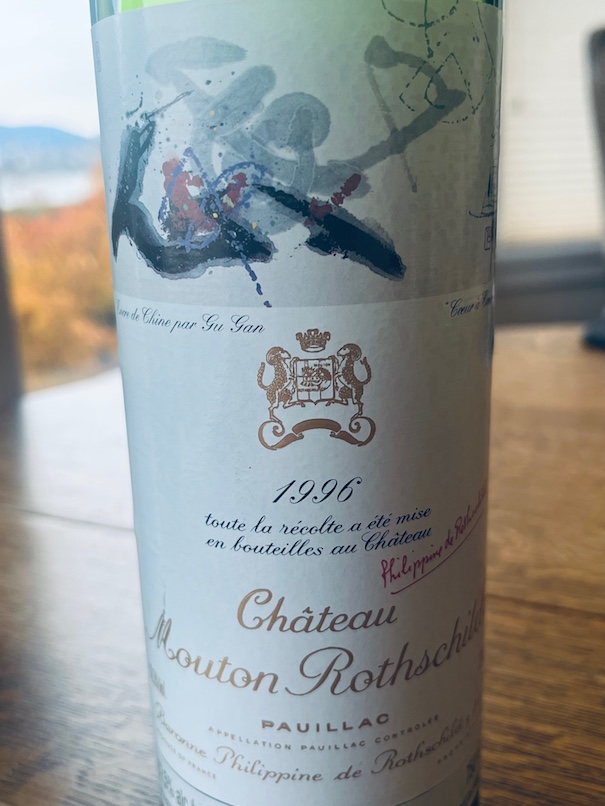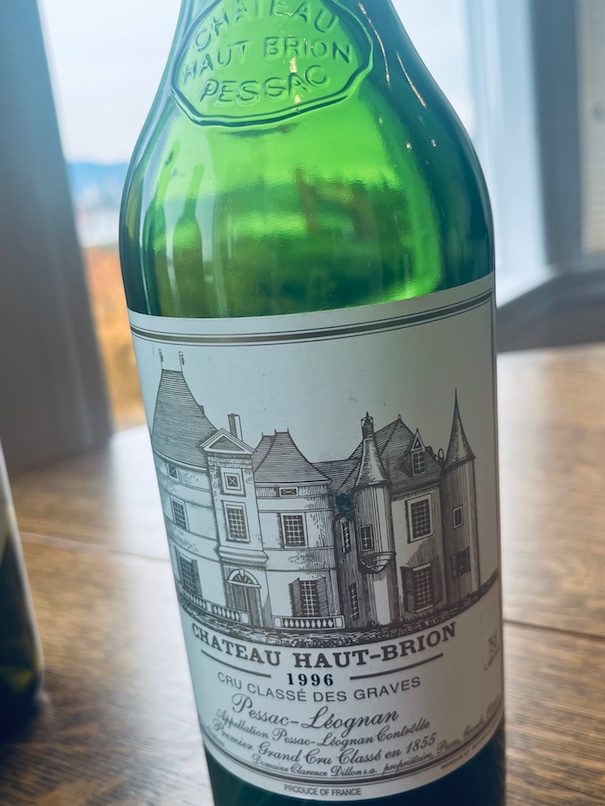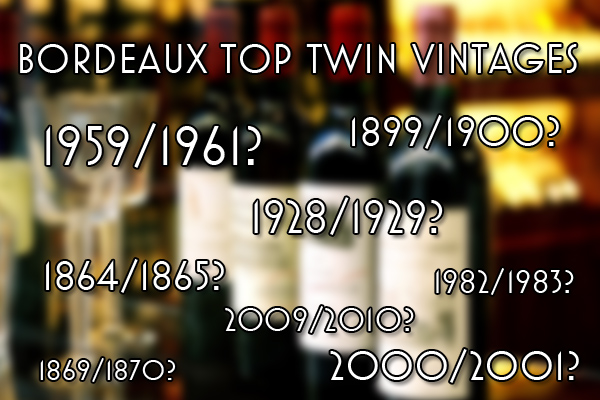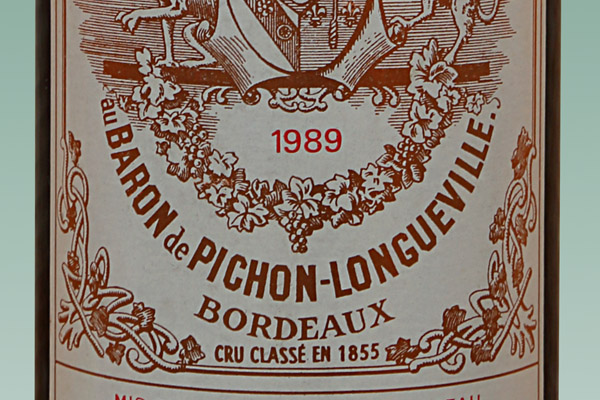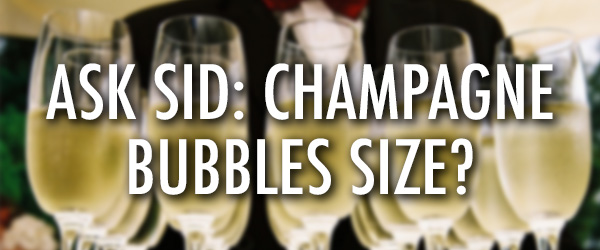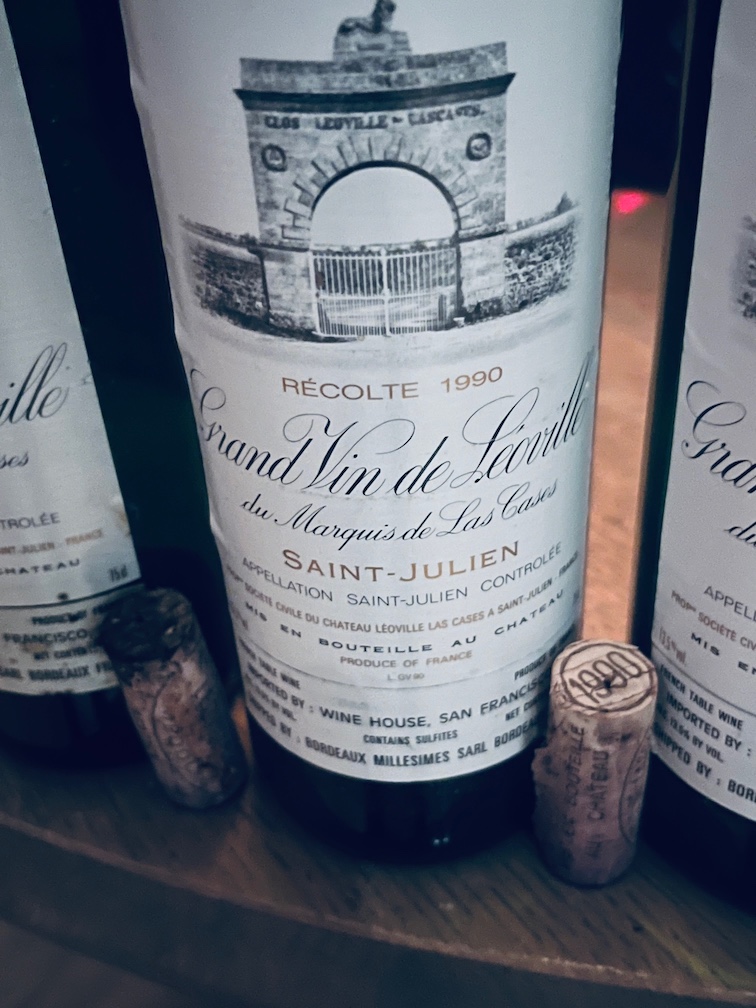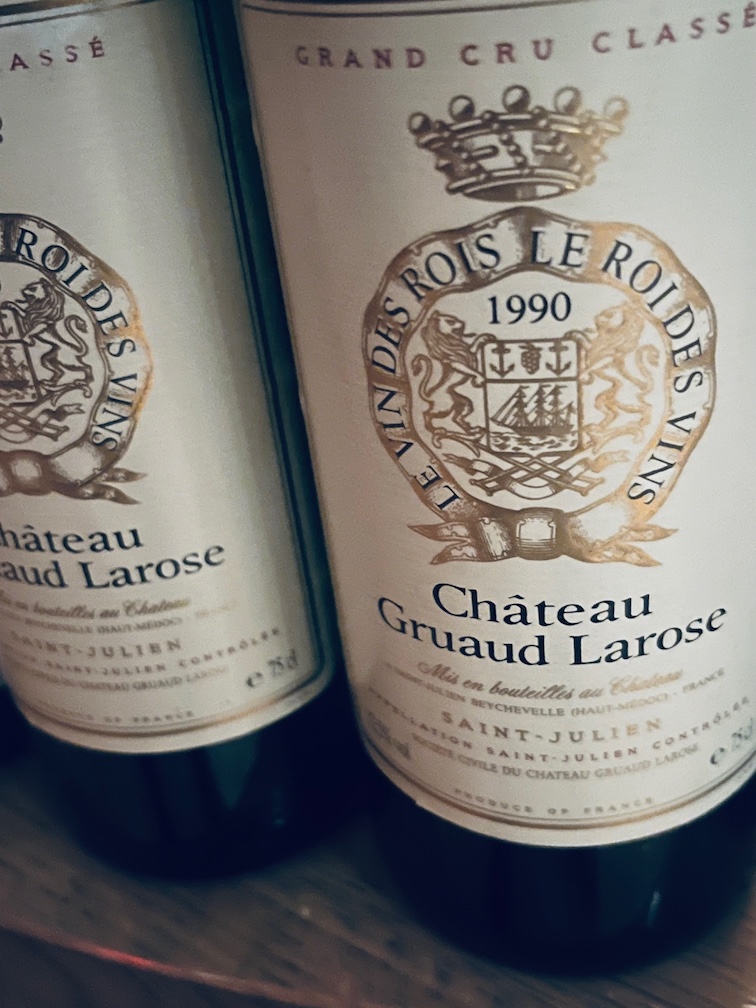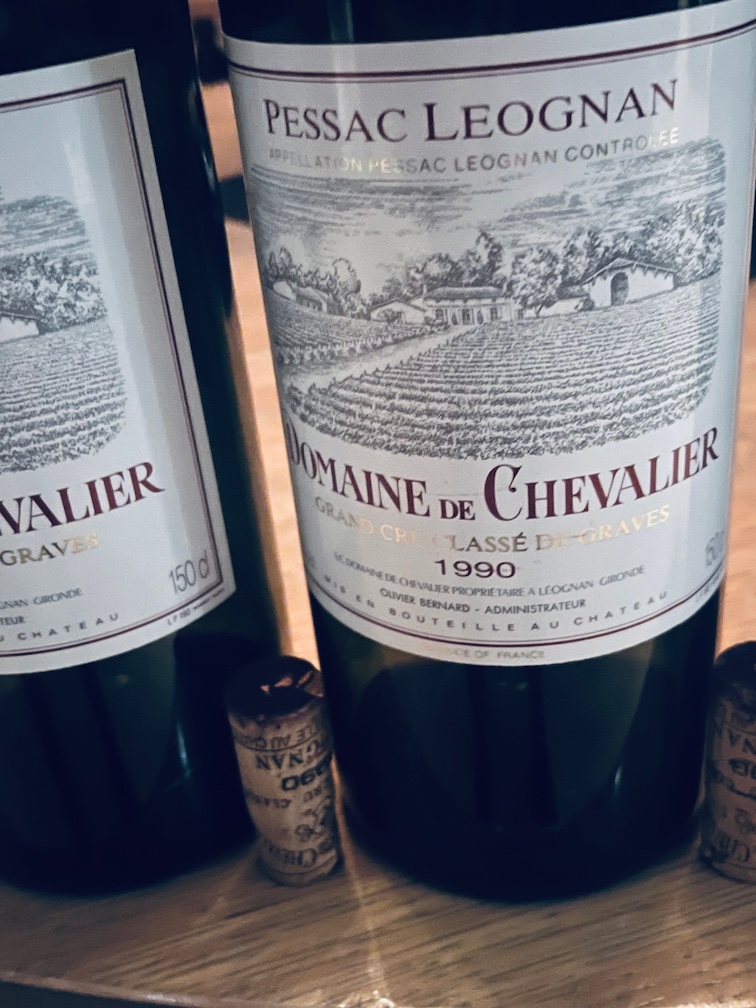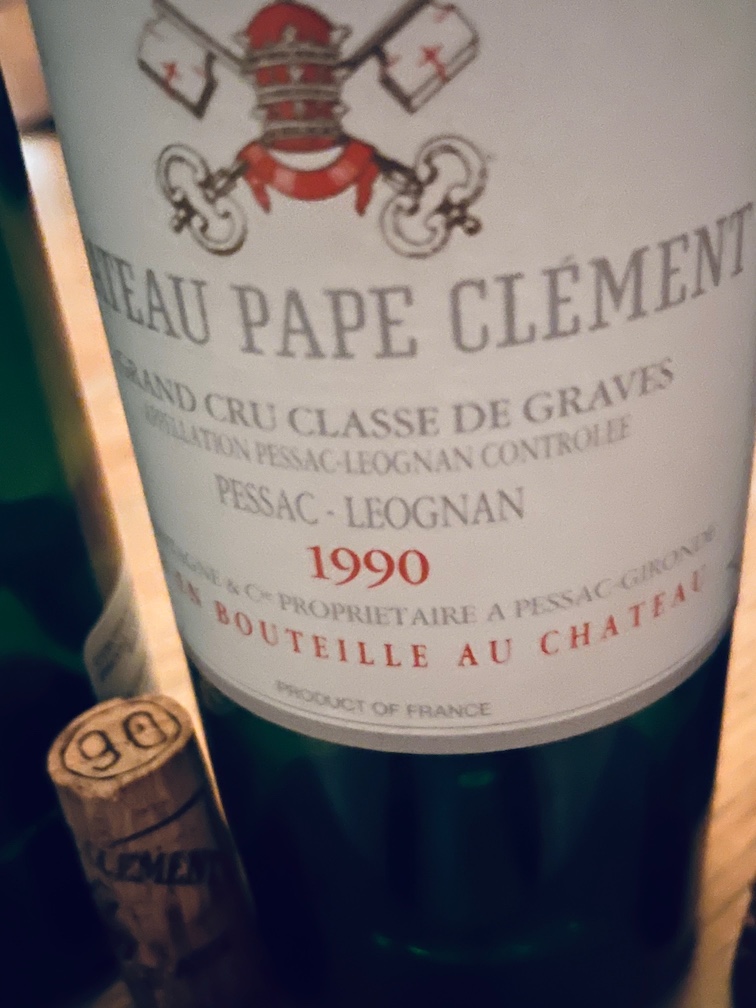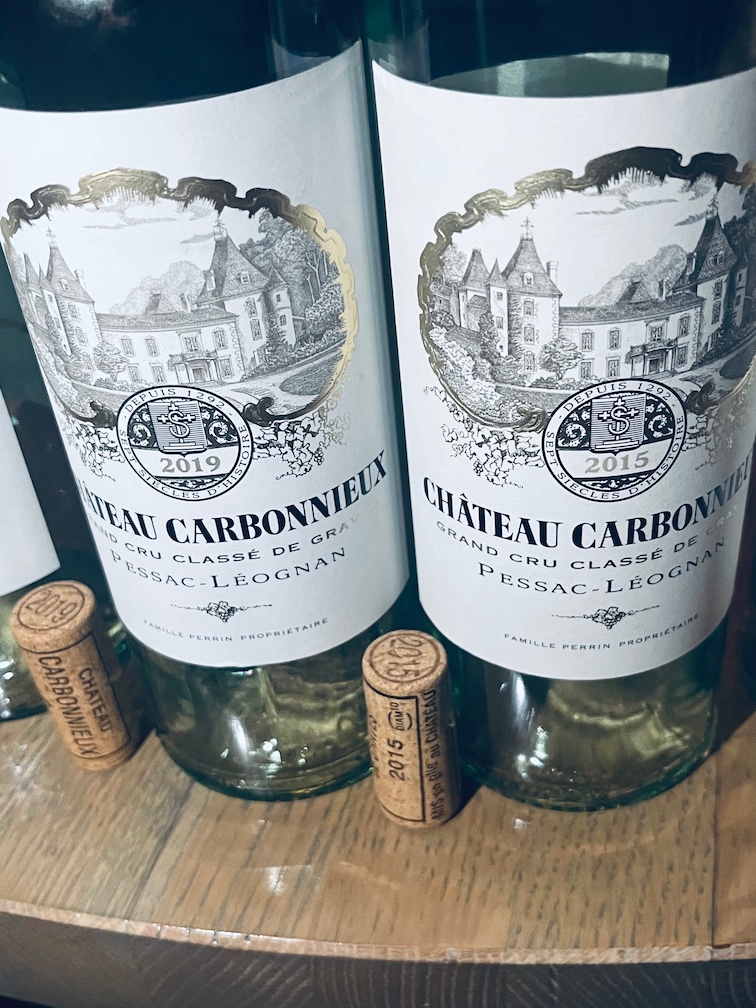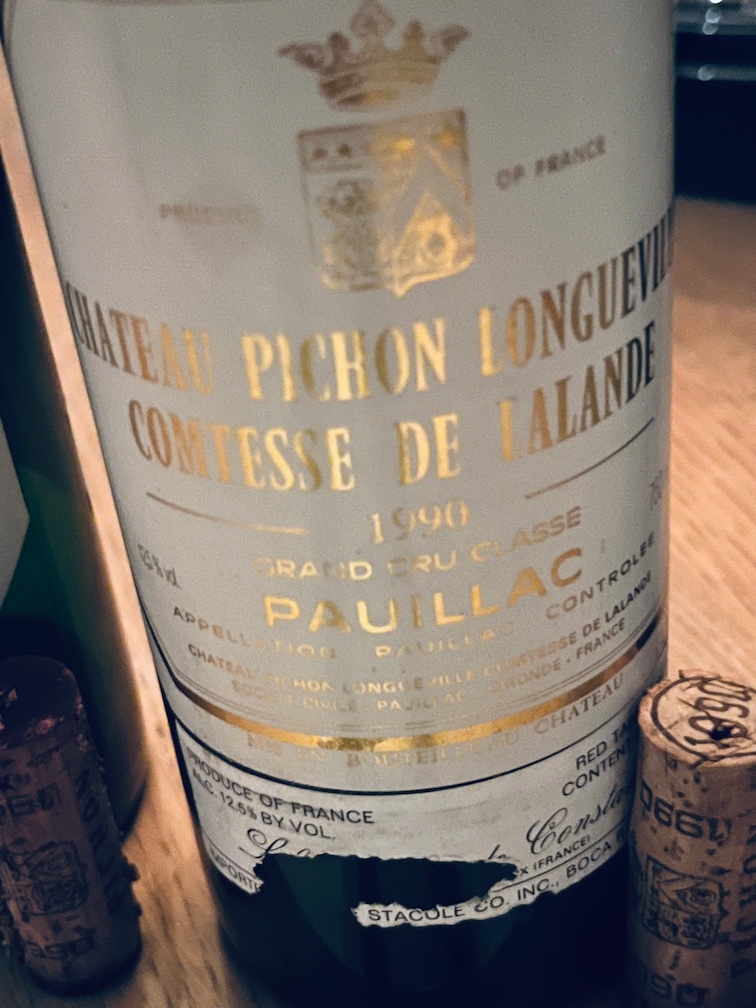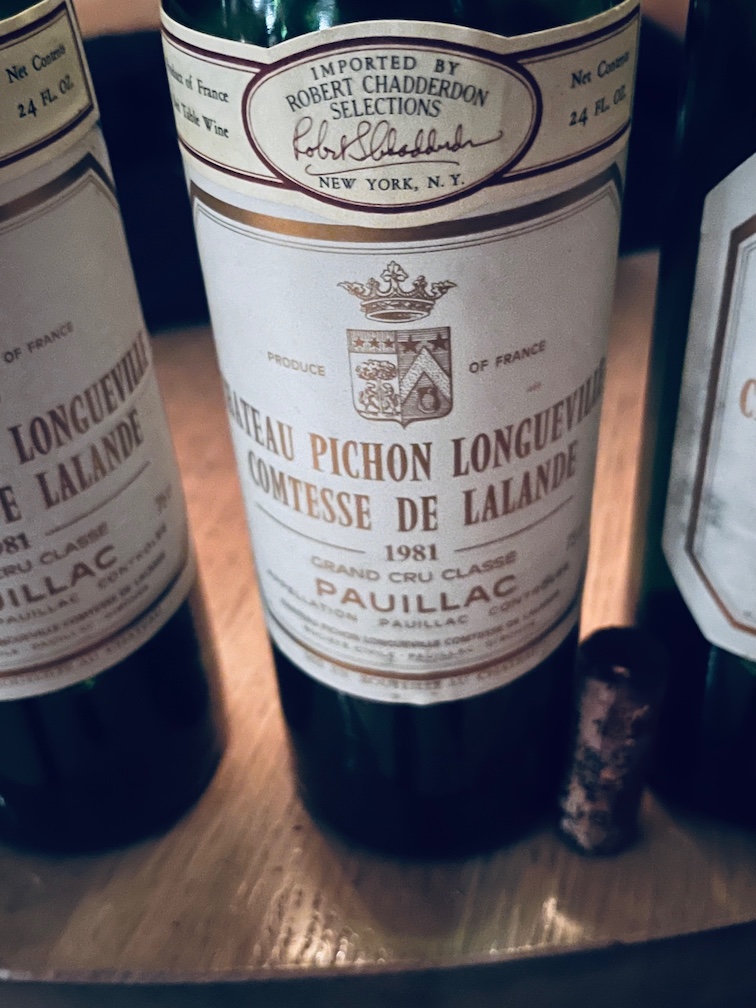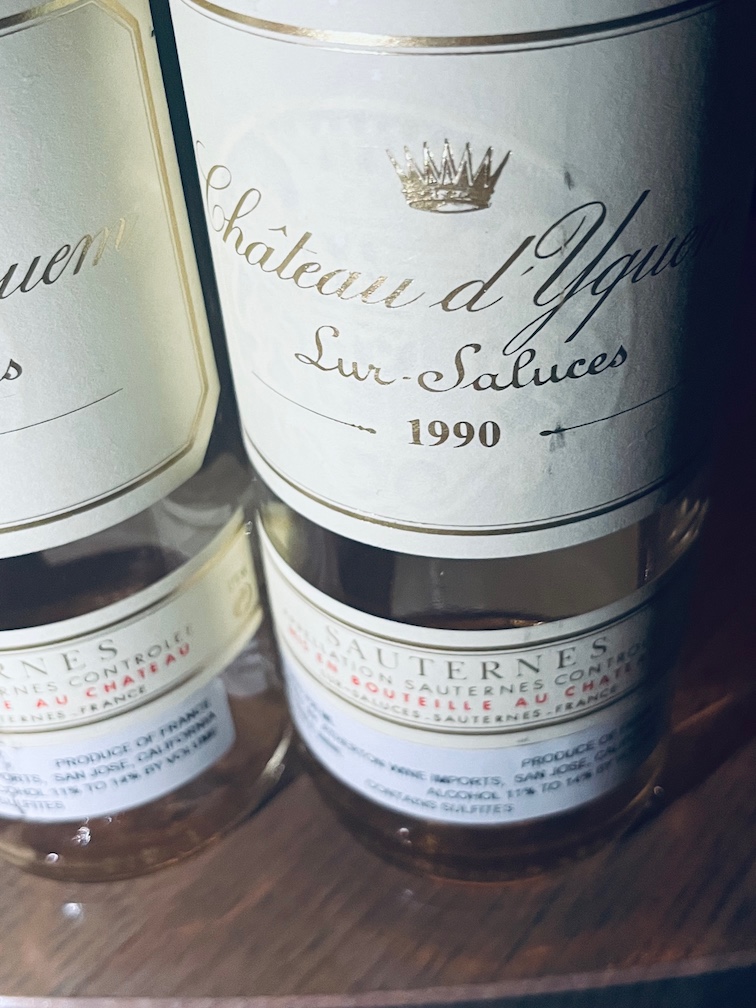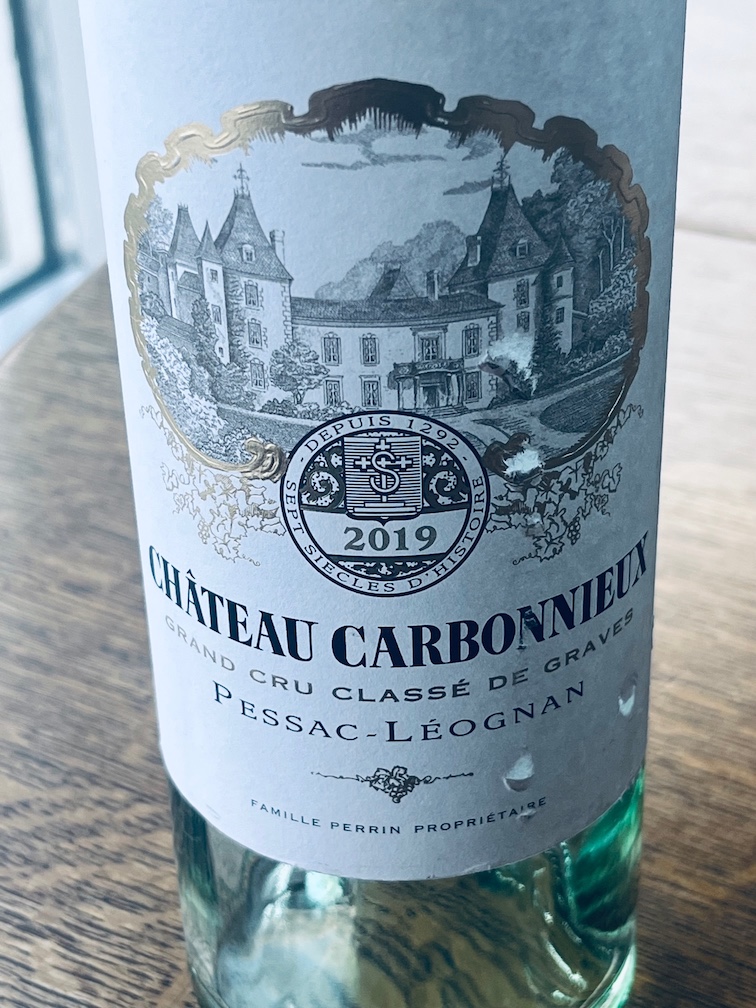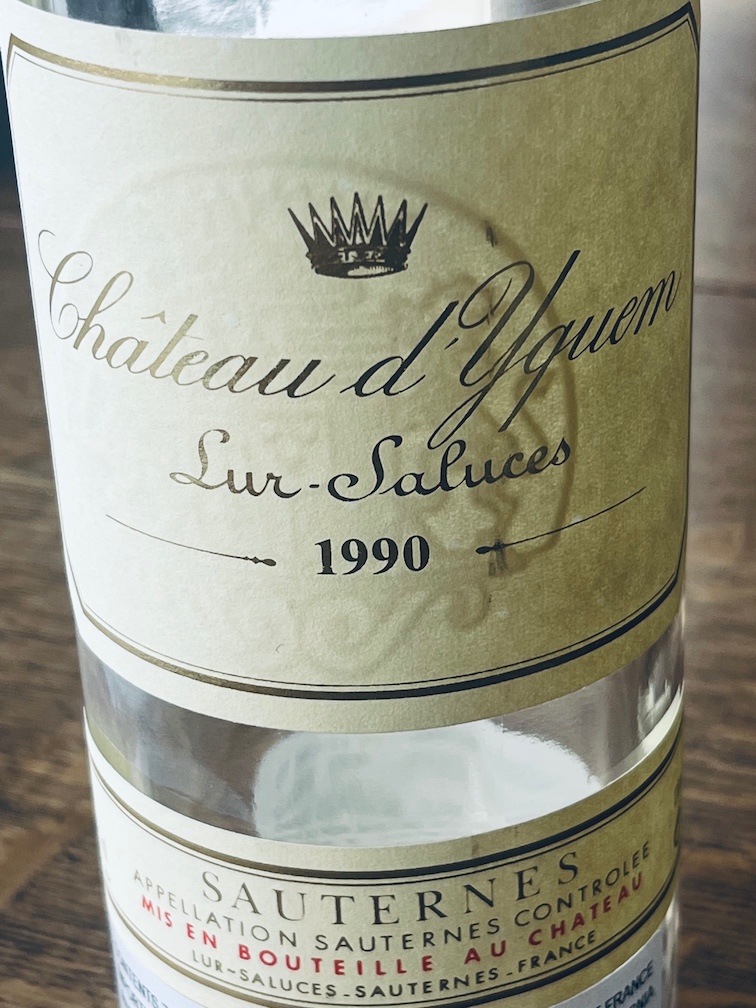
Port has been an important focus on your Blog dating back to the first Vintage Port article December 30, 2013 on our 2 year Anniversary linked here. Your scribe is coming up to completing his 14th year of “wine & food ramblings” for the IWFS website and looking back there are many Port highlights posted for background reference including Masters of Port October 24, 2022, Older Vintage Ports January 8, 2024, and Taylor Vintage Ports April 29, 2024. We also have highlighted Tawny Ports with Taylor on October 24, 2016, and November 11, 2019 plus Graham on March 5, 2018 all linked here for you. Milena & Jim Robertson the long time indefatigable leaders of the IWFS Vancouver Branch are Port aficionados and have been instrumental in organizing these educational Port seminars. Another brilliant one was held on November 7, 2025 featuring a tasting/lunch of nine Vintage & Nacional Vintage Ports all from Quinta do Noval. The event was in support of Vancouver DICED (Diverse Innovation in Culinary Educational Development) Culinary School. We were fortunate to be led through this insightful tasting by visiting Cristiano Van Zeller (making Port Wines in the Douro region since 1982), his wine agent Jack H. Segal Managing Director of Seacove Premium Wine & Spirits, and Leagh Barkley Master of Port Canada 2022 Competition winner. Cristiano generously donated a bottle of VZ 1888 Vintage Port to the DICED cause so watch out for the auction or sale of this old treasure.
Our tasting list included three regular Vintage Ports and six Nacional Vintage Ports from 1997 back to 1963. The Quinta do Noval name first appeared in 1715, was acquired by a port shipper Antonio Jose da Silva in 1894, and since 1993 is with AXA Millesimes Group. It is the only historic Port shipper that bears the name of its unique vineyard. The famous ungrafted “Nacional” vines planted in 1921 are grown there but only 1 hectare left and Cristiano added 1900 vines in 1987. The long history includes the legendary 1931 (only declared by 3 shippers after the big crop late picked widely declared 1927 with 30 – the largest ever) that established their reputation. Your scribe has been privileged to taste the 1931 several times (but not recently) including a vertical by Haskell Norman for the Marin County IWFS on January 26, 1986 of nine Noval Vintage Ports from 1955 to 1931 – at 55 years comparable to tasting the 1970 today at the same age. Haskell played an important marketing role in those days for Vintage Port with annual end of January historic tastings of Warre (1990), Croft (1989), 1945s (1988), Graham (1987) and Quinta Do Noval (1986). We had 1931 and 1934 both regular & Nacional but surprisingly on this occasion the regular of both vintages shone more brightly with smooth full mellow balanced fruit. The 1931N was sweeter but more spirit came through in a different liquorish sticky style. Barney Rhodes said it was “not the best bottle” and Andy Quady found “Roast beef coming out of the oven”. The 1934 (12 shippers) regular was the group favourite and Cristiano confirmed it is his fav as well – maybe because those historic younger vines were three years older. Good one in 1934 to look for at Auction at an underrated value price.
1997 QUINTA DO NOVAL VINTAGE: Smaller production than the great 1994 but widely declared. In answering my question as to what to look for Cristiano advised that in younger Vintage Port you want “Blackberry with an intensity of black fruits plus a lot of structure” then as they mature at 10-15 years “an evolution of density – like an iron fist in a velvet glove” and “very old become mellow with a drier character of tertiary development with complexity”. This regular impressed Leagh who found “very good fruit and excellent colour nearing 30 years of age.” Nice start.
1997 QUINTA DO NOVAL NACIONAL: Darker than regular right to the edge. Clean, rich, and spicy. Structured yet mellow. Coming around and showing beautifully already. Can develop further.
1994 QUINTA DO NOVAL NACIONAL: Deeper look. More depth of ripe concentrated black fruits and even more structure than 1997. Perhaps slightly baked. This should continue to develop well with still lots of fruit left
1975 QUINTA DO NOVAL NACIONAL: Lighter year declared by 17 shippers showing a definite “Maple” note with softer well developed tertiary notes. Noval was not at the top of its present high quality curve. Drink now.
1970 QUINTA DO NOVAL NACIONAL: Loads of wonderful fruit developing complexity here. 23 shippers declared this classic vintage. Liked the cinnamon plus mocha notes with the full voluptuous balanced texture. On a fantastic plateau of enjoyment now. Group fav and found to be showing remarkable by Cristiano & myself.
1966 QUINTA DO NOVAL VINTAGE: 20 shippers of this undervalued vintage. These are 60 years old or twice the age of the mid nineties tasted above. Ready. Showing more development than Fonseca. 1963 got the better initial ratings but recently have found 1966 their equal and often surpassing it. Fonseca & Graham 1966 are exceptional and more youthful than this. Cristiano doesn’t know why 1963 is so adored as he feels “1966 is a better Port vintage”. Noval is powerful and rich but colour fading. Drier. Enjoy.
1966 QUINTA DO NOVAL NACIONAL: Similar look but more plums and better acidity freshness. It has complexity of flavour and some length. On a lovely plateau of tertiary best drinking now.
1964 QUINTA DO NOVAL NACIONAL: Not a well known vintage. Looks light red from a distance but a very tawny colour look in the middle. Dried fruits and maple syrup. Some figs, nuts, and toffee caramel. Surprise of the tasting.
1963 QUINTA DO NOVAL VINTAGE: 25 shippers of universally declared year. Looks like a very light tawny port. Tastes very dry and a tawny would have better nutty long wood aged sweeter styling. Drink up.
Excellent Ports on their own and with the tasty chicken thighs lunch outstandingly prepared by Milena – and those pistachios. More wines from Portugal were available including refreshing acidity JOYA white at only 9.5 abv, small production aged 2004 Curriculum Vitae CV at 15 abv Douro DOC Tinto barrique aged, and magnum of 1997 Porta Dos Cavaleiros from Dao.
Cristiano says Chinese food can work with Vintage Port and if you have dry ports even sushi. Experiment.
You might also like:
 |
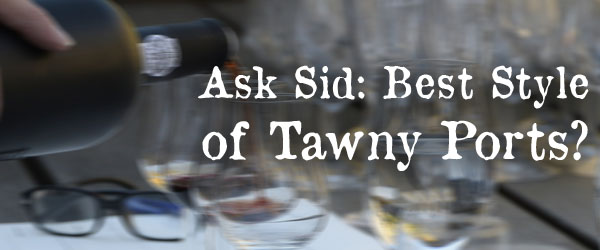 |
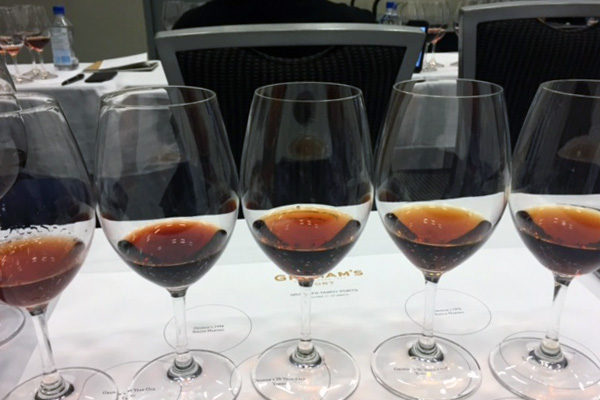 |
